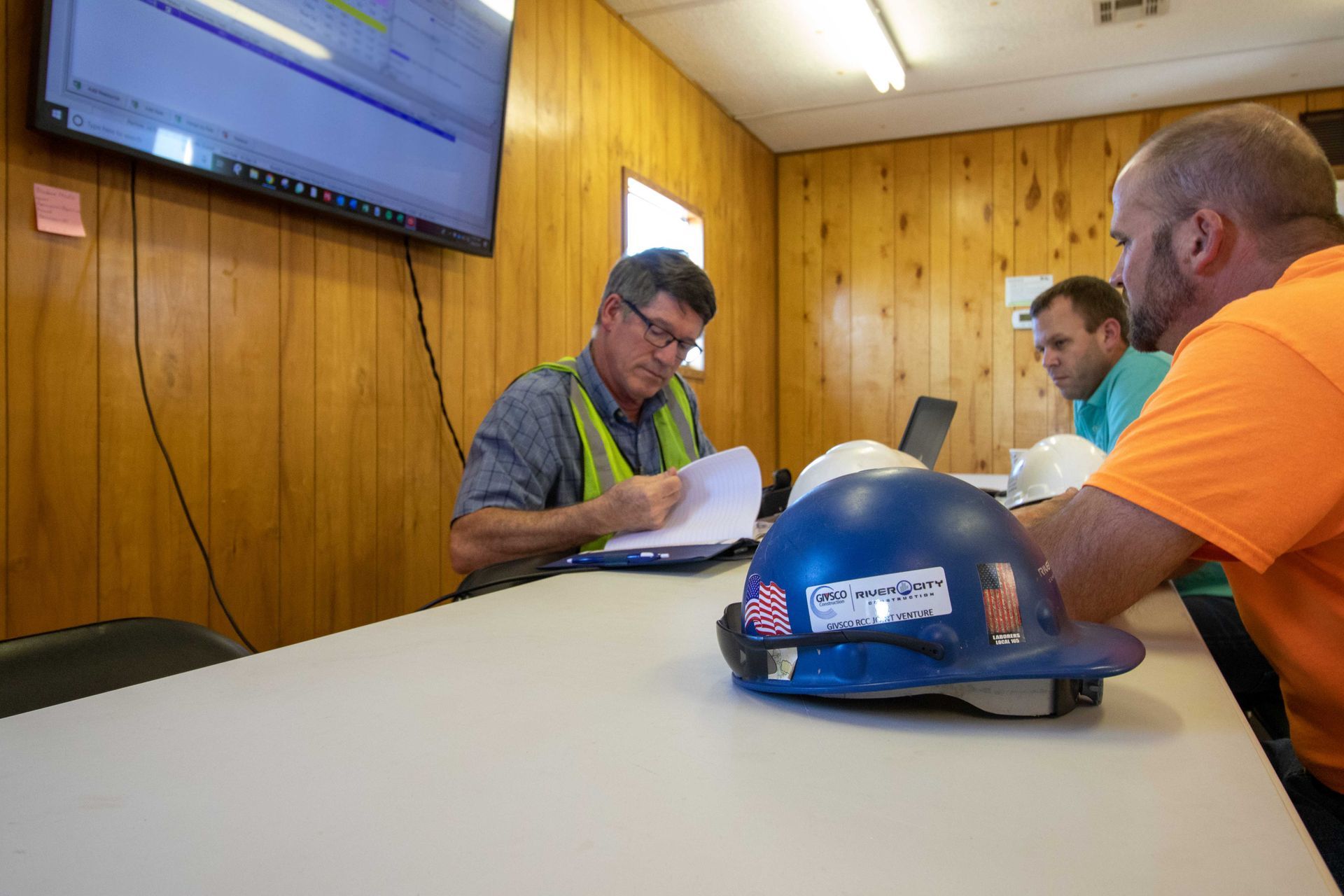Hiring Subcontractors: Tips and Best Practices
It’s a fact: Regardless of the size of a construction business or the type of projects being taken on, there’s a good chance that subcontractors play a role on each and every jobsite. Because general contractors are ultimately responsible for completing projects on time, on budget, and without disputes, it’s critical for success to make sure the best subcontractors are on board. While general contractors will often form and nurture relationships with subcontractors over the course of years, there will come a time when general contractors need to hire a new team of subcontractors to form new relationships.
Why Hire Subcontractors?
For larger firms with several employees that offer a range of specialized skills, there may be a question as to whether a subcontractor is necessary. On the other end of the spectrum, small firms with limited budgets may not be able to justify the cost or process of hiring subcontractors. However, for those businesses that are looking to grow, subcontractors can be a great way to add new and niche talent to the projects that need it.
Hiring subcontractors can also support the reallocation of employees on a project, allowing for everyone to focus on their specific role instead of being pushed into multitasking, something that can drastically slow down the project timeline. Additionally, subcontractors can reduce the time that a general contractor spends on-site and the GC can work on high-value business processes that help the construction firm grow and thrive.
Another bonus: Choosing the right subcontractor can help reduce a general contractor’s legal liability and operating costs. Subcontractors have expert knowledge of their particular specialty and have spent years honing very specific skills, and that reduces the potential for mistakes that could lead to work delays or even costly legal disputes. Because they’re not traditional employees, subcontractors don’t carry the overhead that comes with onboarding, payroll, workers comp, etc.

How Are They Vetted?
Despite the fact that subcontractors aren’t employees, general contractors still need to do their due diligence before hiring. There are some important boxes to check before a project starts:
Portfolio: There’s nothing more convincing than seeing a subcontractor’s work in real-time, whether it be a site visit or photographs. Better yet are referrals and testimonials from previous clients and general contractor partners. If a subcontractor won’t offer up proof of past work, move on — that’s a red flag.
Licensing: Most (if not all) states require construction subcontractors to be licensed to perform work in that area, along with being bonded and insured. This sounds like an intuitive step to take, but general contractors in a crunch may overlook it to keep work moving along — that could be a costly mistake.
Safety: General contractors that focus on safety should also choose subcontractors that do the same. Safety records are evidence that subcontractors are taking the necessary and required steps to stay safe on the job and keep others safe as well. Failing to check these records place the burden of liability on the shoulders of the general contractors and an accident could lead to disputes or even injury.
Contracts: It should become a habit for both general contractors and subcontractors alike to get details in writing and understand the terms and conditions. Countless delays happen on construction projects due to contract disputes, and contracts create a trail of evidence that will make quick work of any legal issues that may arise.
Resources: Does the subcontractor have the staff to complete the scope of work? Do they have the tools and equipment for the job? Is the staff big enough and fully trained? These are important questions to answer before general contractors find that work has come to a breach-of-contract standstill because a subcontractor wasn’t prepared.

What About Prequalifying Subcontractors?
Streamlining the hiring process for subcontractors means collecting all the above information using a form or survey to offer a clear side-by-side comparison of options. This is called prequalification, and creating a process for this can help general contractors scale up their subcontractor team easily and efficiently.
Prequalification also creates a database of potential partners for general contractors, so they don’t need to rush the hiring process under a time crunch. Again, it’s with repetition that the wrong subcontractor can lead general contractors into a storm of legal issues that could end up in court.
Once a general contractor creates a network of trusted subcontractors, keep the team moving like a well-oiled machine by investing in
project scheduling and planning. Collaboration will be easier, projects will be completed on time, and relationships will thrive; both general contractors and subcontractors will benefit and grow.







